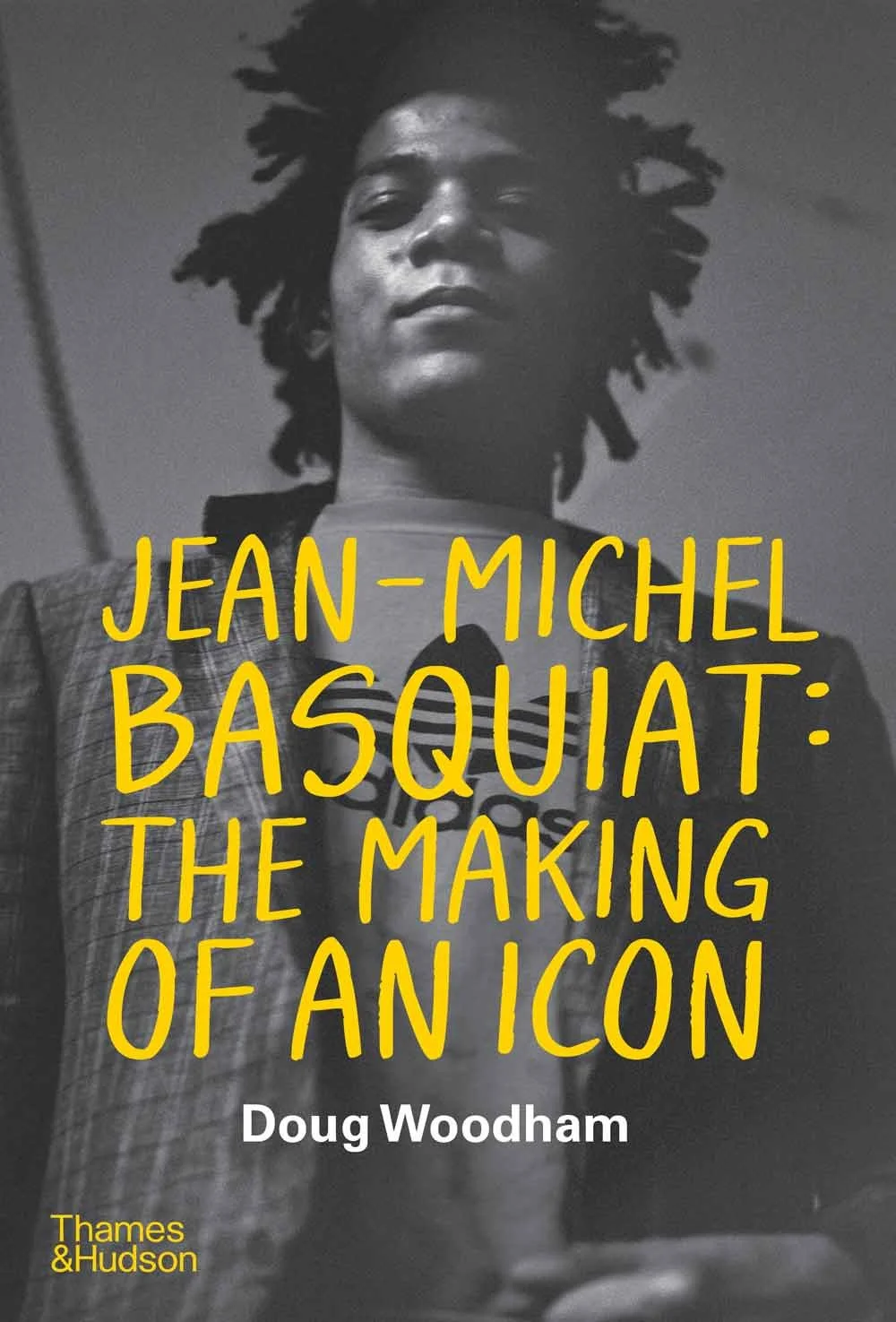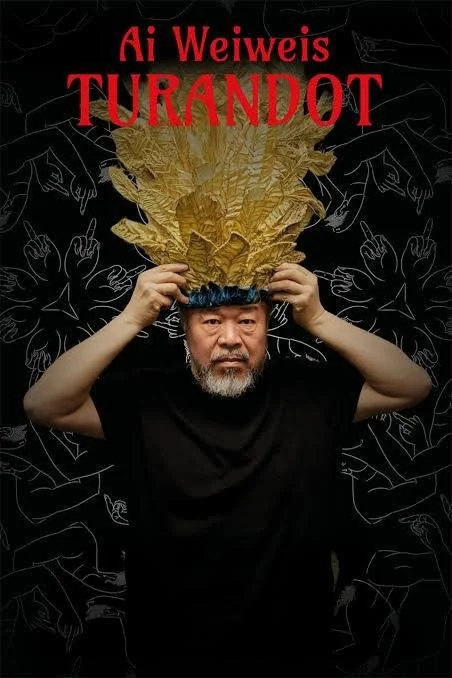Anil Seth is a neuroscientist, author, and public speaker who has pioneered research into the brain basis of consciousness for more than twenty years. He is the author of Being You: A New Science of Consciousness, as well as the best-selling 30 Second Brain, and other books. He is a Professor of Cognitive and Computational Neuroscience at the University of Sussex, where he is Co-Director of the Sussex Centre for Consciousness Science, and is Co-Director of the Canadian Institute for Advanced Research (CIFAR) Program on Brain, Mind, and Consciousness, and of the Leverhulme Doctoral Scholarship Programme: From Sensation and Perception to Awareness. He has a TED talk on consciousness and appeared in several films, including The Most Unknown and The Search. He has written for Aeon, The Guardian, Granta, New Scientist, and Scientific American. He was the 2017 President of the British Science Association (Psychology Section) and winner of the 2019 KidSpirit Perspectives award. He has published more than 180 academic papers and is listed in 2019 and 2020 Web of Science ‘highly cited researcher’ index, which recognizes the world’s most influential researchers over the past decade.
Whenever we are conscious, we are conscious of something, or of many things. These are the contents of consciousness. To understand how they come about, and what I mean by controlled hallucination, let's change our perspective. Imagine for a moment, that you are the brain.
Really try to think about what it's like up there, sealed inside the bony vault of a skull, trying to figure out what's out there in the world. There's no light, no sound, no anything - it's completely dark and utterly silent. When trying to form perceptions, all the brain has to go on is a constant barrage of electrical signals, which are only indirectly related to things out there in the world, whatever they may be. These sensory inputs don't come with labels attached... How does the brain transform these inherently ambiguous sensory signals into a coherent perceptual world full of objects and people, and places?
– ANIL SETH
Being You: A New Science of Consciousness
THE CREATIVE PROCESS
It is kind of hard to wrap your mind around the idea that it could be a "mutually agreed upon hallucination." We think it is all a dream, but it's so true. And as you described, we are limited by our senses. In that passage you read, first it was sight, and then auditory and the prioritization of those senses as well informs the way we experience the world. You also go into animal perception. There are animals who communicate through vibrations or are so sensitive to light. The light that they can see that we can't. So it's so interesting to see the ways our experience of the world is enhanced by our senses and is also limited by them. We have this narrow beam. And how do we narrow that and how do we make sense of the world?
ANIL SETH
This is a point in philosophy that the world as it is can never be directly apprehended by our minds. We are shielded from it by what's called a sensory veil. There are, for instance, no such thing as colors that are out there. As the artist Cezanne said, "The colors are where the brain and the universe meet." And color is, I think, a really good example because it is, in a sense, less than what's there because our eyes are only sensitive to three wavelengths of this huge electromagnetic spectrum, which goes all the way from x-rays and gamma rays to radio waves. And we live in a tiny, thin slice of that reality. But then out of those three wavelengths we experience our brains generate many more than three colors and almost an infinite palette of colors. So there's no sense in which our perception could ever reveal the world as it really is, that it reveals the world in a way that's very useful for us as organisms hell-bent on continuing to live and to survive.
THE CREATIVE PROCESS
And you've discussed machine minds. And I guess that that's what would differentiate between us, when you say that our phones have become our memories and are able to compute at much greater speed and capacity than we can oftentimes. So what we have, the one thing we can still do is we can still embody our imaginations and our intelligence in that way. But it's getting more and more advanced. I was speaking with Nick Bostrom, founder of the Future of Humanity Institute at Oxford University. He said right now there are so many things on the drawing board in terms of machine intelligence and AI that it's getting kind of scary with all the neural wetware.
SETH
ChatGPT can play on our anthropomorphic tendencies and convince us that there's a mind there, even though what it's going on is just statistics under the hood. And that's dangerous if we live in a world where we feel like we're interacting with other conscious minds, even though we know we are not. And we nonetheless feel it's conscious because of the way our mind works, not because of the way its system works.
This interview was conducted by Mia Funk and Callie Cho with the participation of collaborating universities and students. Associate Interviews Producer on this episode was Callie Cho.
Mia Funk is an artist, interviewer and founder of The Creative Process & One Planet Podcast (Conversations about Climate Change & Environmental Solutions).















































































